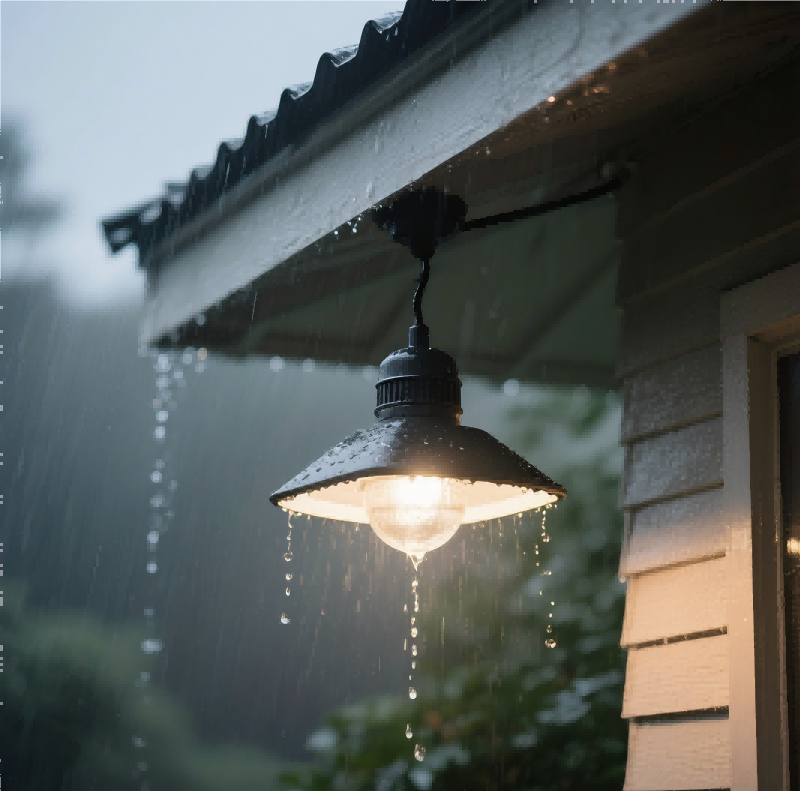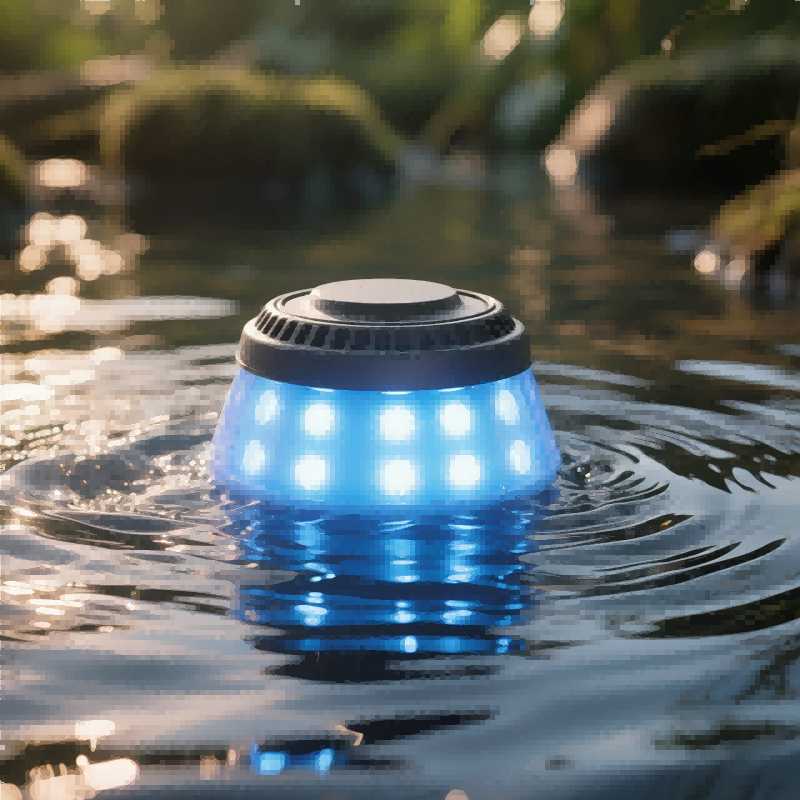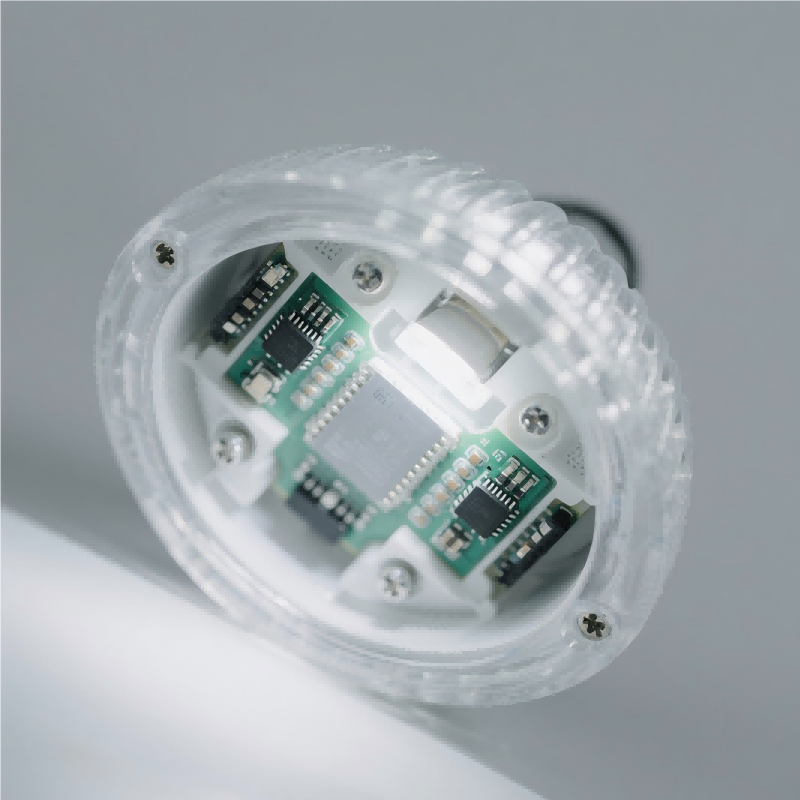⚠️ I. Physical and Chemical Damage to LED Chips from Direct Potting
Color Temperature Shift and Reduced Luminous Efficacy
When potting compound covers the LED chip surface, it alters light refraction paths, leading to increased color temperature (typically manifesting as cooler light tones) and potential luminous efficacy loss due to suboptimal transmittance. For example, residual sulfides in low-cost adhesives chemically react with chip encapsulants, accelerating aging or causing instant chip failure ("dead light").
Thermal Stress-Induced Structural Damage
Micro-expansion forces during compound curing and continuous thermal expansion in high-temperature environments strain internal bonding wires, causing wire fractures ("wire breakage") and permanent failure. Simultaneously, compound coverage impedes heat dissipation, raising operational temperatures and accelerating lumen depreciation (brightness attenuation rates increase by ≥30%).

🧪 II. Inherent Limitations of Potting Processes
Bubbles and Micro-Pores Cause Waterproofing Failure
Potting requires mixing base resins with curing agents, inevitably trapping air bubbles during agitation. Even post-vacuum degassing, micro-voids may persist. These become moisture infiltration channels under thermal cycling, where accumulated condensation leads to short circuits or corrosion.
Poor Long-Term Reliability
UV exposure in outdoor environments degrades and cracks potting compounds. Differential thermal expansion coefficients (e.g., aluminum: ~23.2×10⁻⁶/K vs. glass: 7.2×10⁻⁶/K) create shear stress at material interfaces, causing compound cracking/separation within 1–2 years.

🔧 III. Industry Alternatives and Technological Evolution
Lens-Isolation Protection (Structural Waterproofing)
▶ Principle: Mounting lenses (e.g., 30°–120° beam angles) as physical barriers between chips and potting compound, which only fills peripheral gaps.
▶ Advantages:
Preserves original color temperature and luminous efficacy;
Eliminates thermal stress damage, extending lifespan to 50,000+ hours.
Nano-Coating Technology
▶ Principle: Depositing nano-scale waterproof coatings (e.g., IPXXPT®) to form dense hydrophobic films over chips.
▶ Advantages:
Minimal thickness (microns) avoids heat dissipation interference;
Resists salt spray/sulfur corrosion, ideal for coastal applications;
Case Study: Smart city project failure rates dropped from 3.2% to 0.8%.
Mechanical Waterproof Design
▶ Principle: Utilizes precision seals (silicone O-rings), drainage holes (end-face/bottom/tapered), and suspended heatsinks.
▶ Advantages:
Potting-free process eliminates chemical contamination;
Modular repairability slashes maintenance costs by 65%.

💎 IV. Conclusion: Why the Industry Rejects Direct Potting
Short-Term Cost ≠ Long-Term Value: While potting has lower upfront costs, its issues—color shift, accelerated lumen depreciation, and high failure rates—inflate lifecycle expenses.
Technical Inevitability: Lens barriers, nano-coatings, and structural solutions now form mature supply chains, balancing waterproofing, thermal management, and optical performance as the mainstream choice for outdoor LEDs.
ℹ️ Recommendation: Prioritize lens isolation or nano-coating in product designs. For large-scale fixtures, combine structural waterproofing with breather valves to optimize reliability and environmental resilience.



